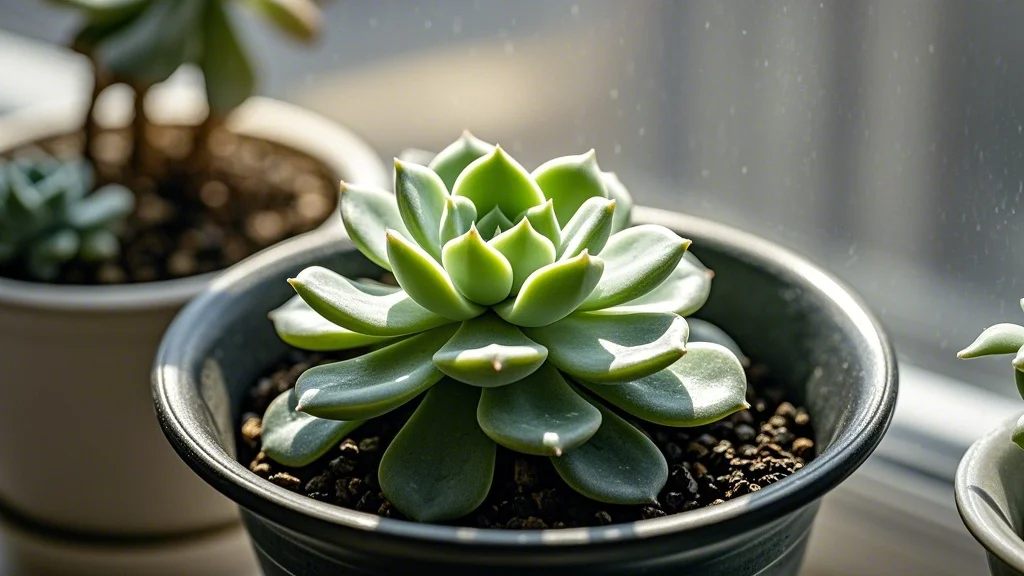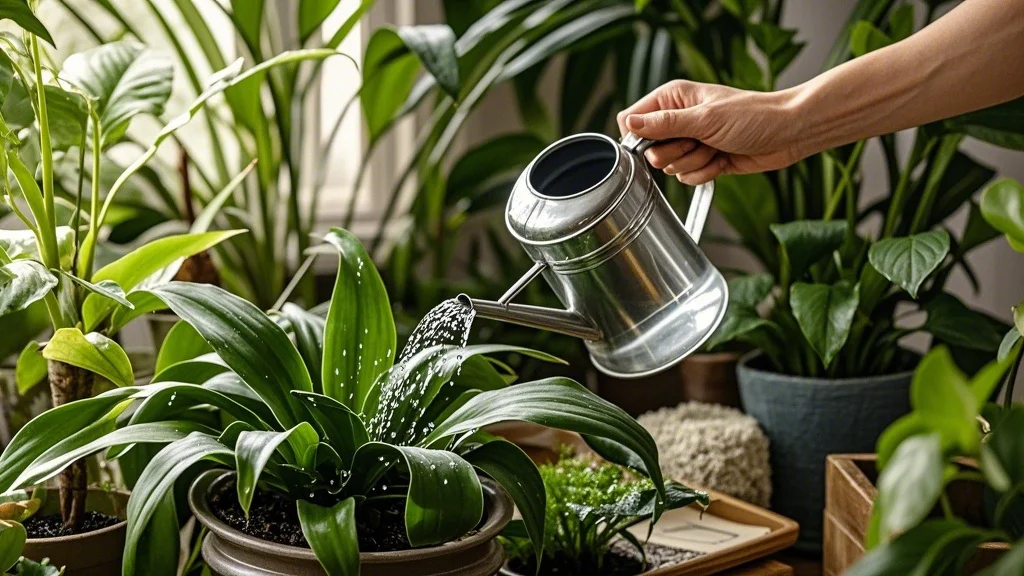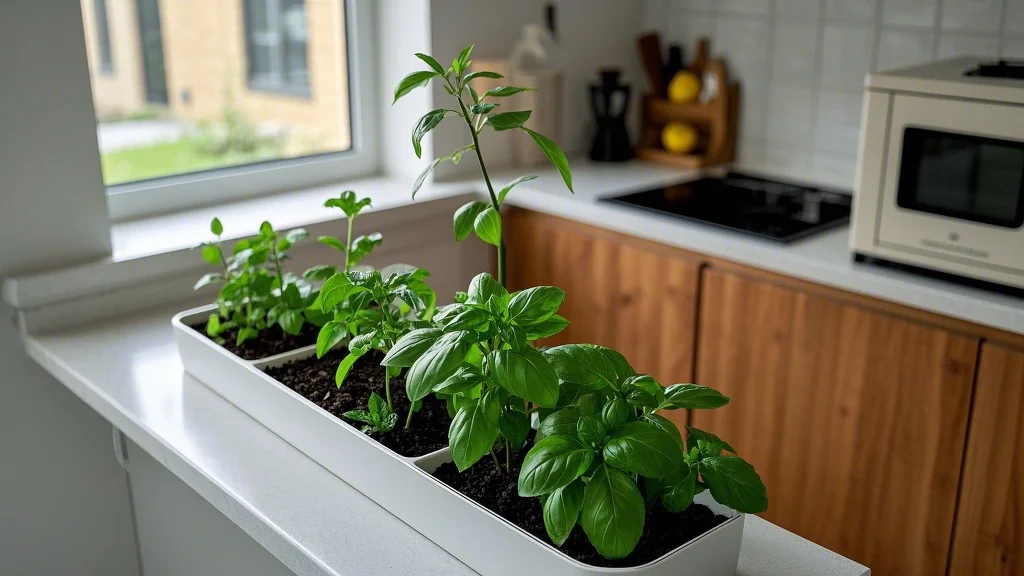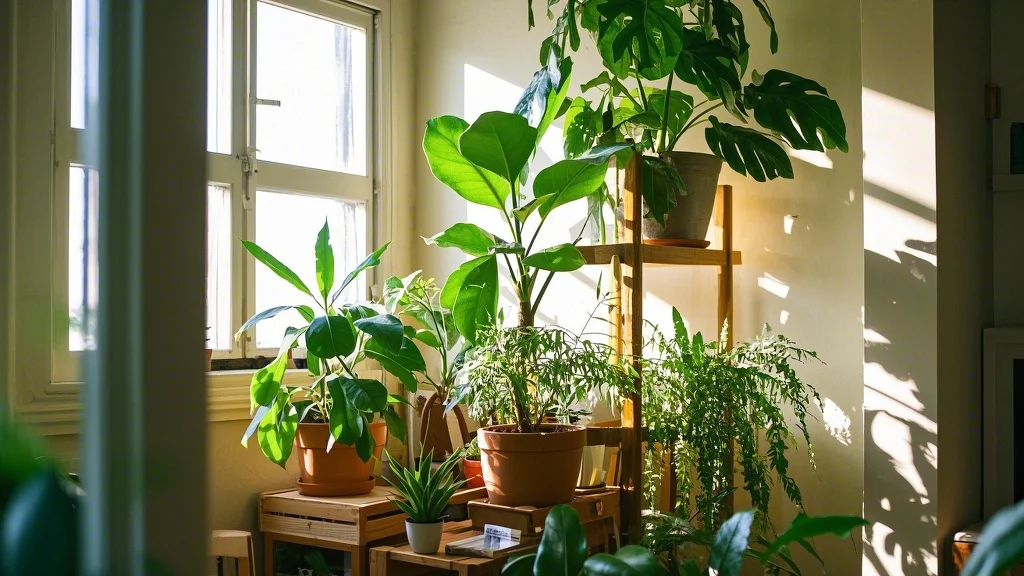Contents
The Accidental Beginning

It all started with a gift. Not one I had particularly wanted, if I’m being honest. A small potted succulent, given to me by a well-meaning colleague as a housewarming present when I moved into my first apartment in the city. “It’s practically impossible to kill,” she assured me with a smile. “Perfect for someone who travels as much as you do.”
I placed it on my windowsill and promptly forgot about it. My tiny urban apartment was a place to sleep between business trips and social outings—not a sanctuary I invested much time in. The plant sat there, quietly existing, while I rushed through my days barely noticing it.
Three months later, I returned from a particularly grueling work trip to find the succulent not just surviving, but thriving. It had grown new leaves and looked positively radiant compared to my jet-lagged reflection in the mirror. Something about its quiet resilience touched me. This little plant had flourished despite my neglect, asking for nothing yet giving beauty in return.
That evening, I actually looked up its name (an Echeveria elegans, as it turned out) and proper care instructions. I gave it its first proper watering in months and felt an unexpected sense of satisfaction. It was such a small act, yet somehow meaningful.
From One to Many
The following weekend, instead of my usual brunch plans, I found myself wandering into a local plant shop. I told myself I was just browsing, maybe picking up a proper pot for my succulent. Two hours later, I left with three new plants: a trailing pothos, a compact snake plant, and a delicate fern that the shop owner swore would forgive my novice mistakes.
“You’ve caught the bug,” she laughed as she rang up my purchases. “Fair warning—it’s highly contagious.”
She wasn’t wrong. Within six months, my apartment had transformed from a sterile, barely-lived-in space to a verdant retreat with plants occupying every available surface. My morning routine expanded to include what I called “plant rounds”—checking soil moisture, rotating pots for even light exposure, and simply admiring new growth.
My friends noticed the change too, not just in my living space but in me. “You seem more… present,” one remarked during a dinner party at my now-green apartment. I realized she was right. The plants had anchored me to my home in a way nothing else had. They required my attention, yes, but they also rewarded it in ways that felt deeply satisfying.
Learning Through Failure
Of course, not every plant thrived under my care. My first calathea lasted exactly three weeks before its leaves curled and browned beyond salvation. The miniature rose bush gifted by my mother never bloomed again after its initial flowers faded. And let’s not discuss the maidenhair fern incident that left me questioning my entire ability to care for living things.
Each failure taught me something valuable. The calathea showed me the importance of humidity and the limitations of my dry apartment. The rose taught me that not all outdoor plants transition well to indoor life. And the maidenhair fern? Well, that one taught me that some relationships, no matter how beautiful, simply aren’t meant to be.
I began keeping a plant journal, documenting what worked and what didn’t. I noted watering schedules, light conditions, and seasonal changes. What started as practical record-keeping evolved into something more reflective—observations about growth patterns that mirrored challenges in my own life, musings on patience and resilience, celebrations of unexpected blooms.
The Community Connection
As my collection grew, so did my need for knowledge. I joined online forums, followed plant enthusiasts on social media, and eventually worked up the courage to attend a local plant swap. I arrived nervous, carrying a few pothos cuttings and feeling like an impostor among what I assumed would be expert horticulturists.
Instead, I found a diverse community of people united by a simple love of growing things. There was the retired teacher with an impressive collection of African violets, the college student propagating plants in his dorm room, and the busy executive who found peace in caring for her monstera collection. None of them made me feel inadequate for my limited experience—quite the opposite.
“We all kill plants sometimes,” the violet enthusiast told me with a wink. “The difference between a green thumb and a black one is just how many plants you’ve killed along the way.”
I left with new cuttings, new knowledge, and new friends. The plant community became an unexpected source of connection in a city where I had previously felt somewhat adrift. We shared not just plants but stories, advice, and a particular kind of joy that comes from nurturing living things.
The Therapeutic Element

About a year into my plant journey, I went through a difficult breakup followed by a stressful job change. During this tumultuous period, my morning plant care routine became a form of meditation. There was something profoundly grounding about focusing on these simple, tangible tasks when everything else felt chaotic.
Research backs this up—studies have shown that interacting with indoor plants can reduce psychological and physiological stress. I experienced this firsthand. On days when anxiety threatened to overwhelm me, I would repot a plant or clean its leaves, focusing entirely on the task at hand. The repetitive, mindful nature of these activities calmed my racing thoughts.
My plants also provided a lesson in perspective. A dropped leaf or yellowing stem that might have sent me into a panic months earlier now registered as part of the natural cycle. Plants have bad days too. They shed, they struggle, they adapt. And most importantly, with proper care, they recover.
Beyond Decoration
As my relationship with plants deepened, I began to see them as more than just decorative elements. They became air purifiers, improving the quality of my indoor environment. They became conversation starters when guests visited. They became markers of time—I could track seasons and years by new growth, flowering cycles, and the maturing of once-tiny specimens.
They also became teachers. My fiddle leaf fig taught me patience—its new leaves emerging with agonizing slowness but magnificent when they finally unfurled. My string of pearls demonstrated resilience, bouncing back from near-death after I finally figured out its watering needs. My peace lily showed me the importance of paying attention to subtle cues, its dramatic drooping an unmistakable signal that I’d been neglecting it.
Perhaps most importantly, my plants taught me to slow down and notice. In a world designed to capture and fragment our attention, tending to plants requires a different kind of focus—observant, patient, and present.
The Ripple Effect
My plant hobby began to influence other areas of my life in unexpected ways. I became more environmentally conscious, researching sustainable potting materials and natural pest control methods. I grew more interested in where my food came from, eventually starting a small herb garden on my kitchen windowsill.
My living space evolved to accommodate my growing collection. Furniture was rearranged to maximize light exposure for my plants. I invested in humidifiers, grow lights, and decorative shelving. What had started as a single succulent had literally reshaped my environment. Even my social circle expanded through this newfound passion. I connected with neighbors who noticed my plant-filled windowsills and stopped to chat. I bonded with colleagues over shared plant struggles. I even started dating someone I met at a botanical garden workshop—a relationship that blossomed alongside my monstera deliciosa.
From Hobby to Lifestyle
Three years after receiving that first succulent, plants had become an integral part of my identity. Friends tagged me in plant memes and sent me photos of interesting specimens they spotted. Family members knew that garden center gift cards were always welcome presents. My Instagram feed, once filled with travel photos and restaurant meals, now showcased my latest plant acquisitions and care successes.
What began as an accidental hobby had evolved into a lifestyle—one that brought me joy, taught me valuable lessons, and connected me to a community I never knew I needed. My apartment was no longer just a place to sleep between adventures; it had become a sanctuary, alive with green growth and personal meaning.
The Ongoing Journey
Today, my collection includes over fifty plants, from common pothos to more challenging specimens like orchids and alocasias. I’ve graduated from nervous novice to confident caretaker, though I still approach each new plant with a healthy mix of excitement and respect for its unique needs. I’ve also become something of an unofficial plant consultant among my friends, fielding text messages with photos of mysterious spots on leaves or offering advice on reviving struggling specimens. There’s something deeply satisfying about sharing knowledge that comes from experience rather than just theory.
My plant journey continues to evolve. Recently, I’ve become interested in propagation—the magic of creating new plants from cuttings of existing ones. There’s something profoundly hopeful about watching roots develop in water, then transferring these new beginnings to soil. It’s a tangible reminder that growth is possible even after separation from what’s familiar.
Lessons From Leaves
Looking back on my journey from reluctant plant recipient to enthusiastic collector, I can identify several key lessons that transcend horticulture:
- Plants grow on their own timeline, not ours. No amount of hovering or anxious checking will make a leaf unfurl faster.
- The plants that thrive in my care are those that can adapt to the conditions I provide, even when they’re not ideal. There’s resilience in this flexibility.
- The more closely I observe my plants, the more I notice—subtle color variations, intricate patterns, the geometric precision of new growth. This principle applies well beyond my plant shelves.
- Sharing knowledge, specimens, and even failures with fellow enthusiasts has made this journey infinitely more rewarding.
- Too much attention can be as harmful as neglect. Plants, like people, need room to stretch toward their own light.
An Invitation
If you’re reading this and haven’t yet experienced the quiet joy of nurturing a houseplant, consider this your invitation. Start small—perhaps with a resilient pothos or snake plant. Place it somewhere you’ll see it daily. Notice how it responds to light, water, and your attention. You might find, as I did, that what begins as a simple decorative addition to your home becomes something far more meaningful. In our increasingly digital, fast-paced world, there’s profound value in caring for something that operates on nature’s deliberate timeline.
And if that first plant doesn’t survive? Remember what my violet-growing friend told me: a green thumb is just the result of learning from many plant casualties along the way. The journey itself—with all its surprises, setbacks, and small victories—is where the real growth happens, both for your plants and for you.
My accidental plant journey has become one of the most intentional and rewarding aspects of my life. From that single neglected succulent to my current thriving indoor garden, each leaf and stem has added not just oxygen to my environment but depth and meaning to my daily experience. And it all started with a plant I never asked for but now can’t imagine living without.









